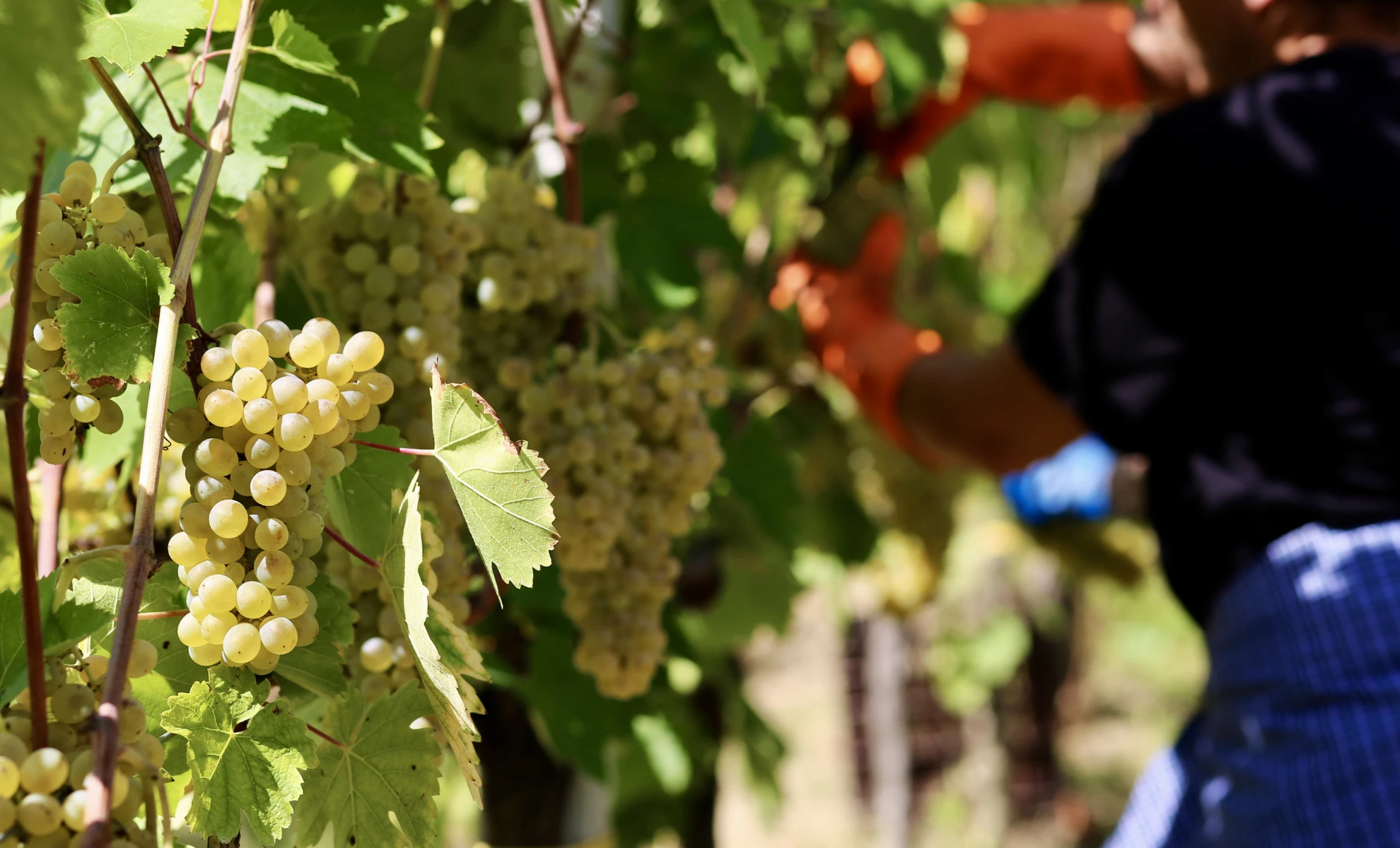The scent of the damp land becomes stronger as soon as you leave the residential area. A provincial road, with sparse houses, allows beech woods and vineyards to take the place of concrete.
Sannio is in Campania, between nearby Molise and the province of Caserta. The mountain massif of Taburno, visible from kilometers away, dominates the valley. Going along a steep dirt slope, dotted with holes, you arrive in the small town of Cautano, where the cobbles draw a network of alleys of the historic center.
Not far from the ancient baronial palaces of the eighteenth century, the Vitulanese valley extends between the Taburno-Camposauro mountains. From here the gaze embraces the green of the foliage, the red of the marc and the white of the grapes. The road then arrives, along increasingly narrow ridges, to one of the local winemaker. This wine cellar preserves the memory already in its very name: La Masseria di Maria.
Ph. Cristina Russo
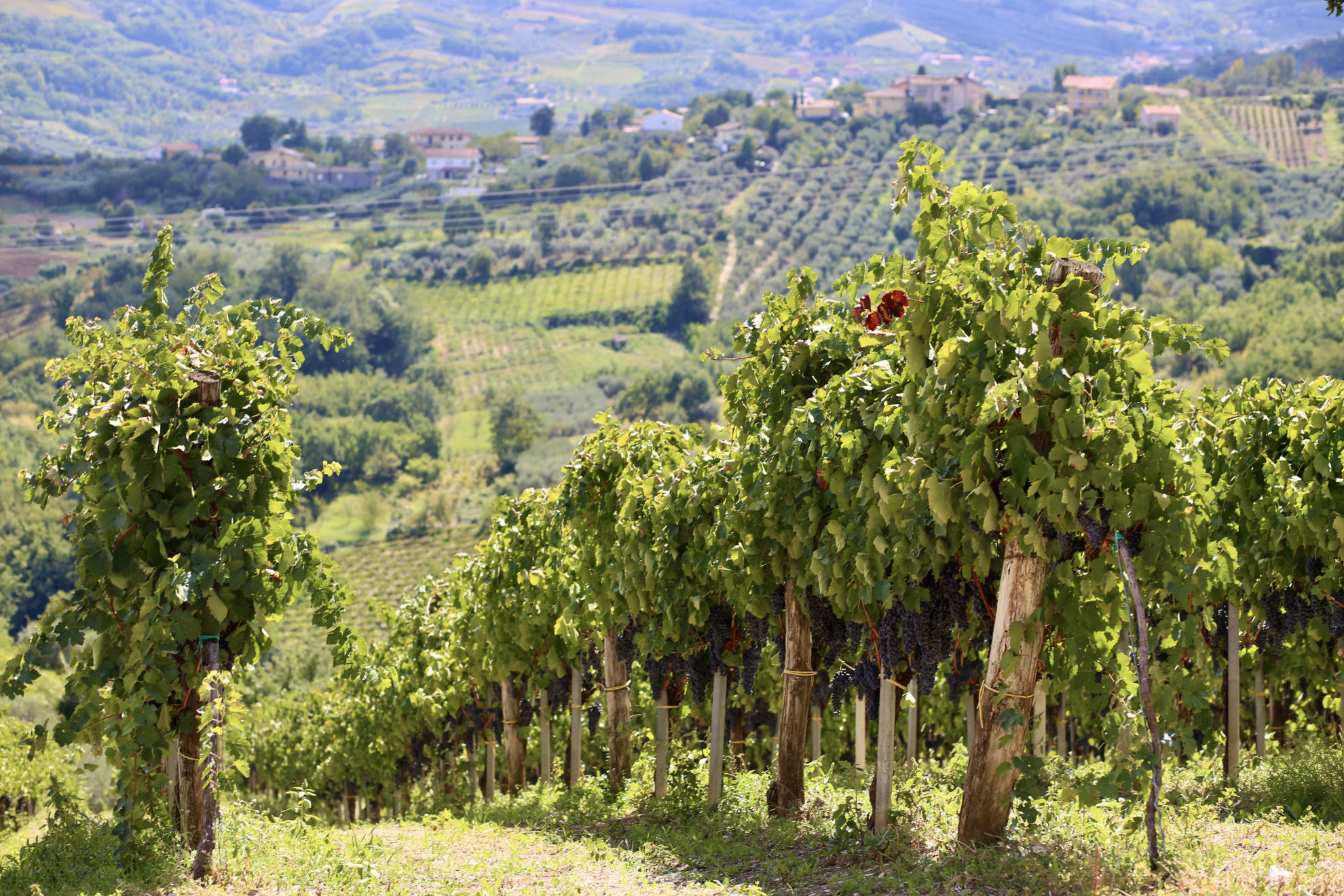
«Maria is the name of my mother, who passed away a few years ago», says Antonio Caporaso, who has been running the company in the province of Benevento for some years. «Here in Sannio, wine is a family story. There is no courtyard without its own Vineyard». Antonio’s life is imbued with this tradition. He doesn’t just own a business. With comfortable shoes, cotton jersey and checkered shirt – the necessary clothing for those who do this work – he sinks his feet into the land every day, especially at harvest time.
Ph. Cristina Russo
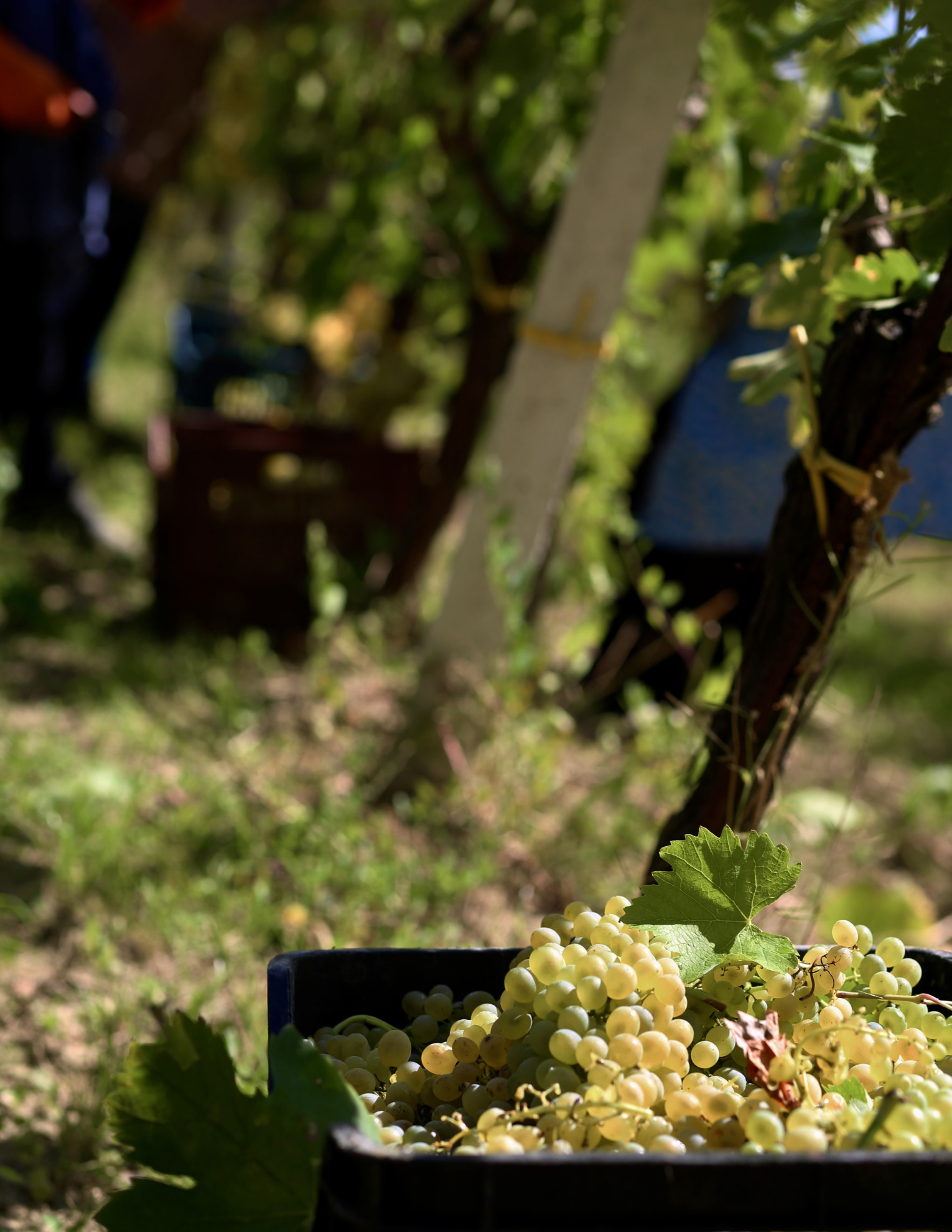
Ph. Cristina Russo
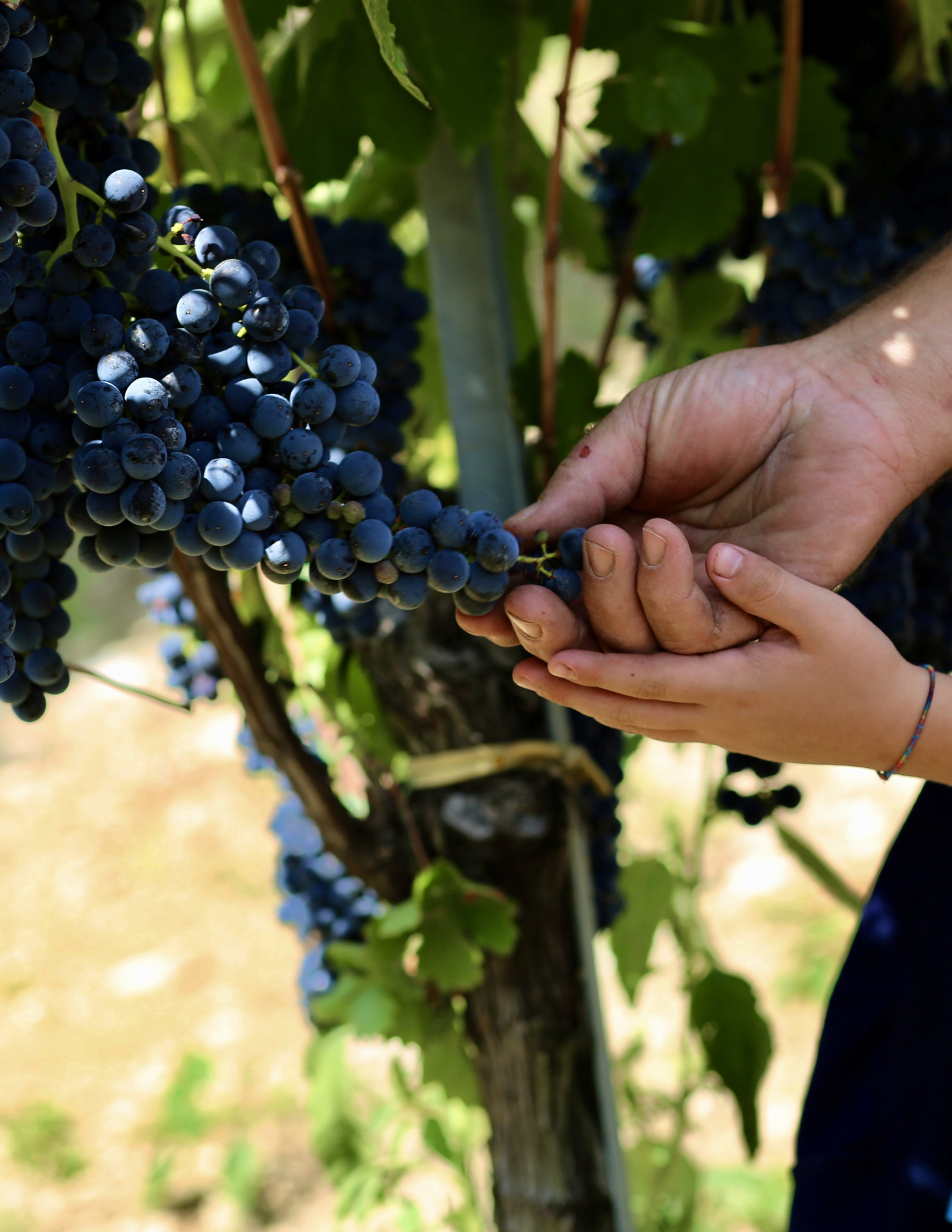
From the front courtyard of the wine cellar the gaze travels along increasingly dense rows. In the days of September, before the harvest, the grapes are colorful and pulpy. The intense purple of Aglianico (a wine produced in the Sannio area) draws the profile of the vine from the mountain to the valley. It waits for the hands of the grape harvester to place it in the box and then transfer it to the wine cellar. Aglianico, together with Falanghina del Sannio and Coda di Volpe, are wines of choice, fruit of the fertility of these lands.
A little further on, close to the tanks, the grapes wait patiently to be transformed into must with an autumn scent. The harvest in the Sannio – to use Antonio’s words – is truly a family story. A moment that involves everyone, like a collective celebration to end a year of work and sacrifices.
Ph. Cristina Russo
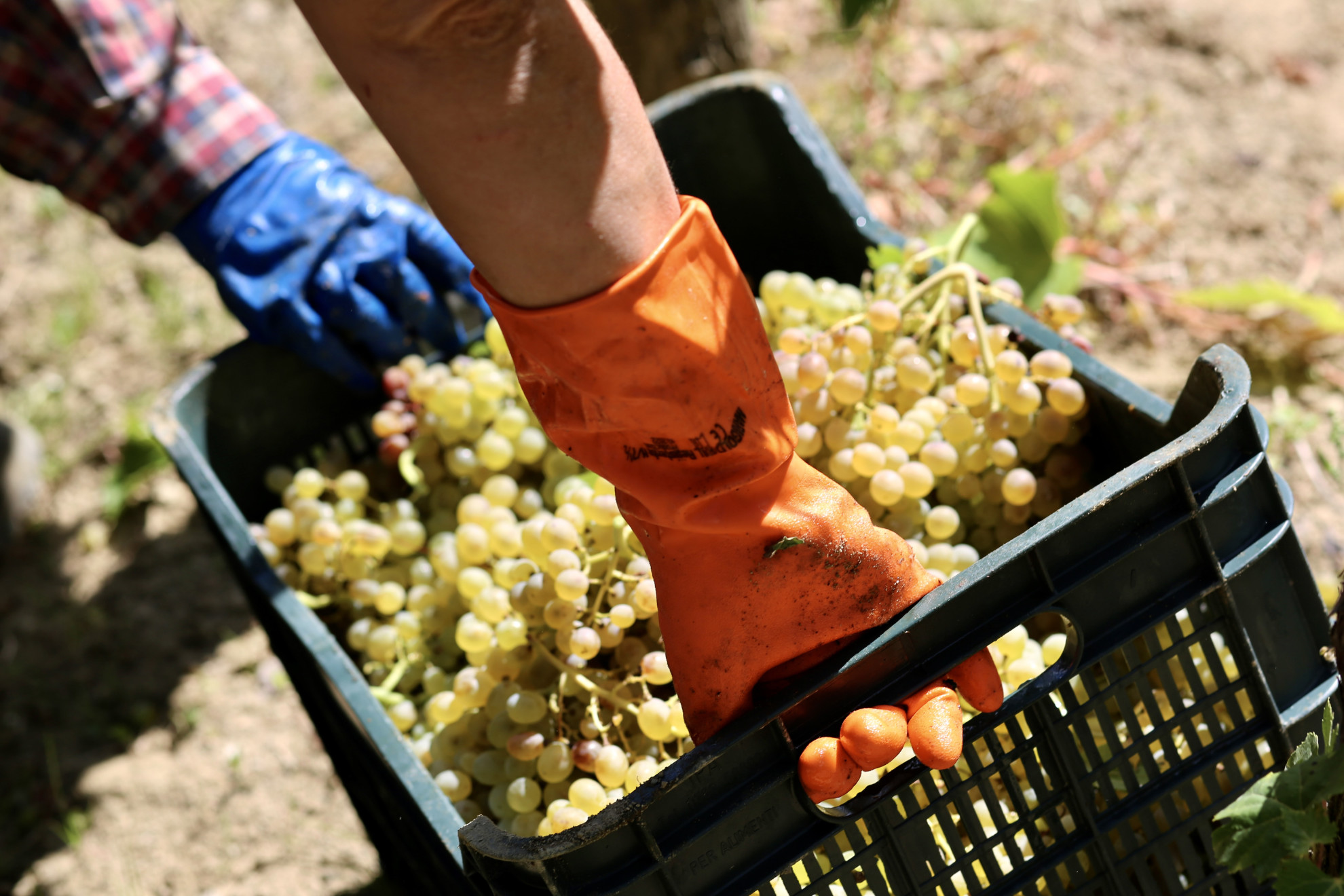
Antonio takes us along the ridges covered with vineyards. He safely drives a four by four, along paths on which not everyone would know how to travel. In the tight twist of the vine leaves you can see colored caps and backpacks hanging from the rows.
They are the basic equipment of a vineyard artisan, ready to protect himself from the sun from the early hours of the morning. Friends and relatives, equipped with harvest scissors and country clothing, help to harvest the Falanghina grapes.
Ph. Cristina Russo
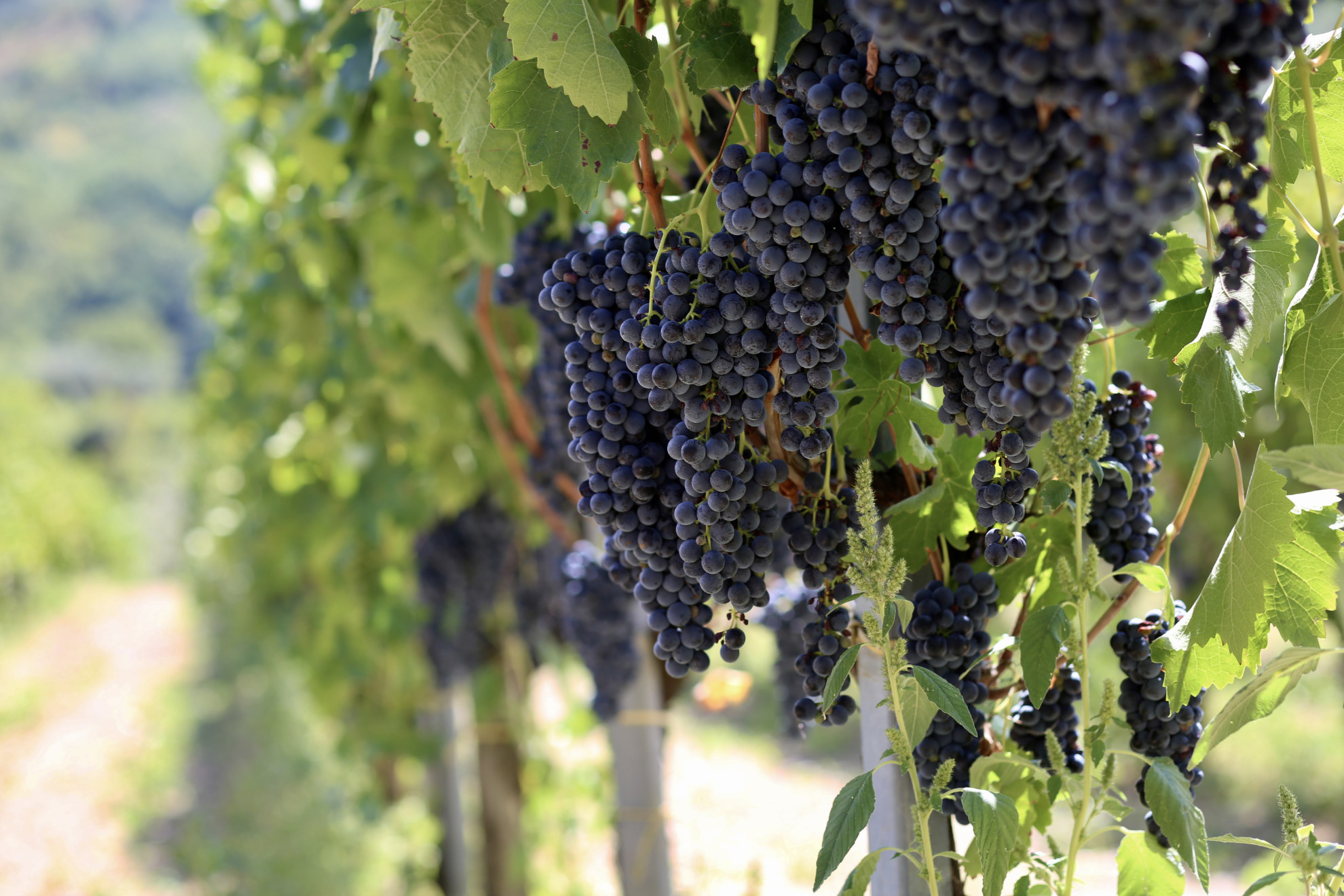
The bunches, of an intense straw yellow color, are softly placed in the boxes which are then loaded onto the tractor. It is a more delicate process than it seems at first glance. The grape that produces good wine is in fact the one brought intact to the wine cellar. The crushed grapes are a prerogative of the presses.
The small residential area dominates the hills in celebration, full of vines with foliage so green that it shines thanks to the sun rays. The clear sky of early autumn brings back sensations out of time. First the bunches of Falanghina, then those of Aglianico. The red takes the place of the white, while Antonio goes back down the hill tasting his grapes one at a time.
Ph. Cristina Russo
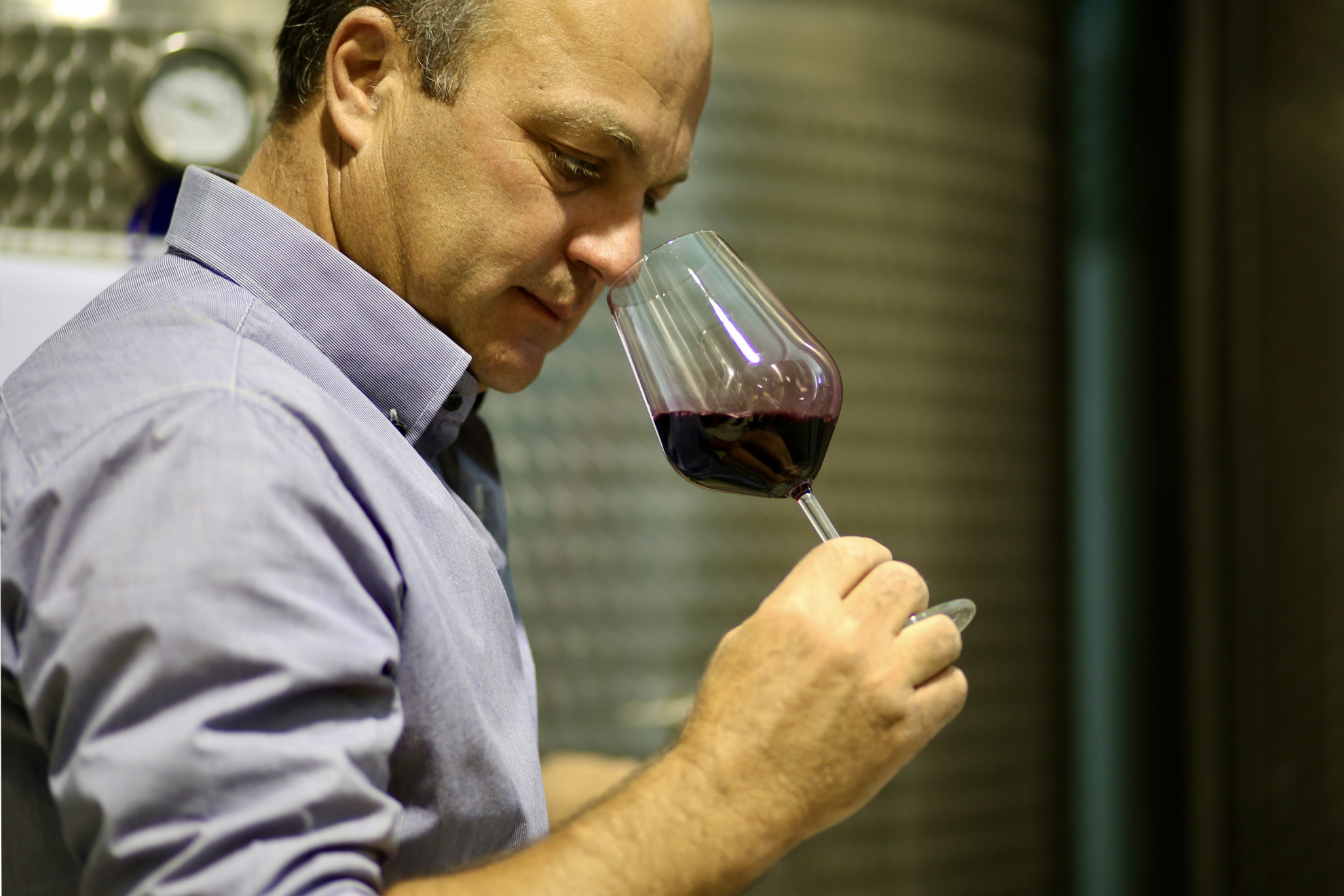
For the harvest you have to wait for the right moment, a prerogative that only the most experienced winemaker gets. It is as if suspended between the smell of must and the scent of damp land, typical of the September countryside. The harvest, in Sannio, is the real New Year. It marks the beginning of a new life cycle, with the vineyard slowly returning to rest waiting to give us new fruits.

